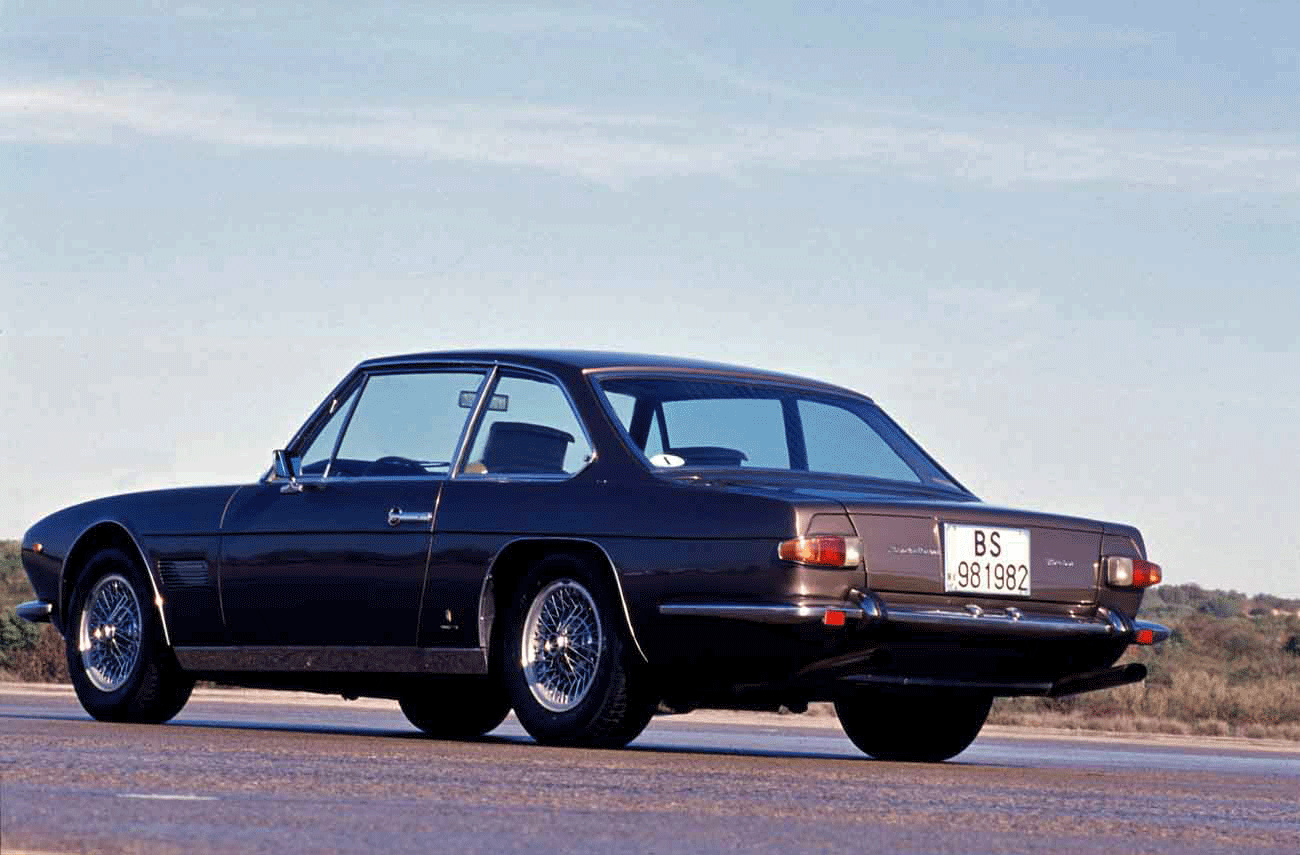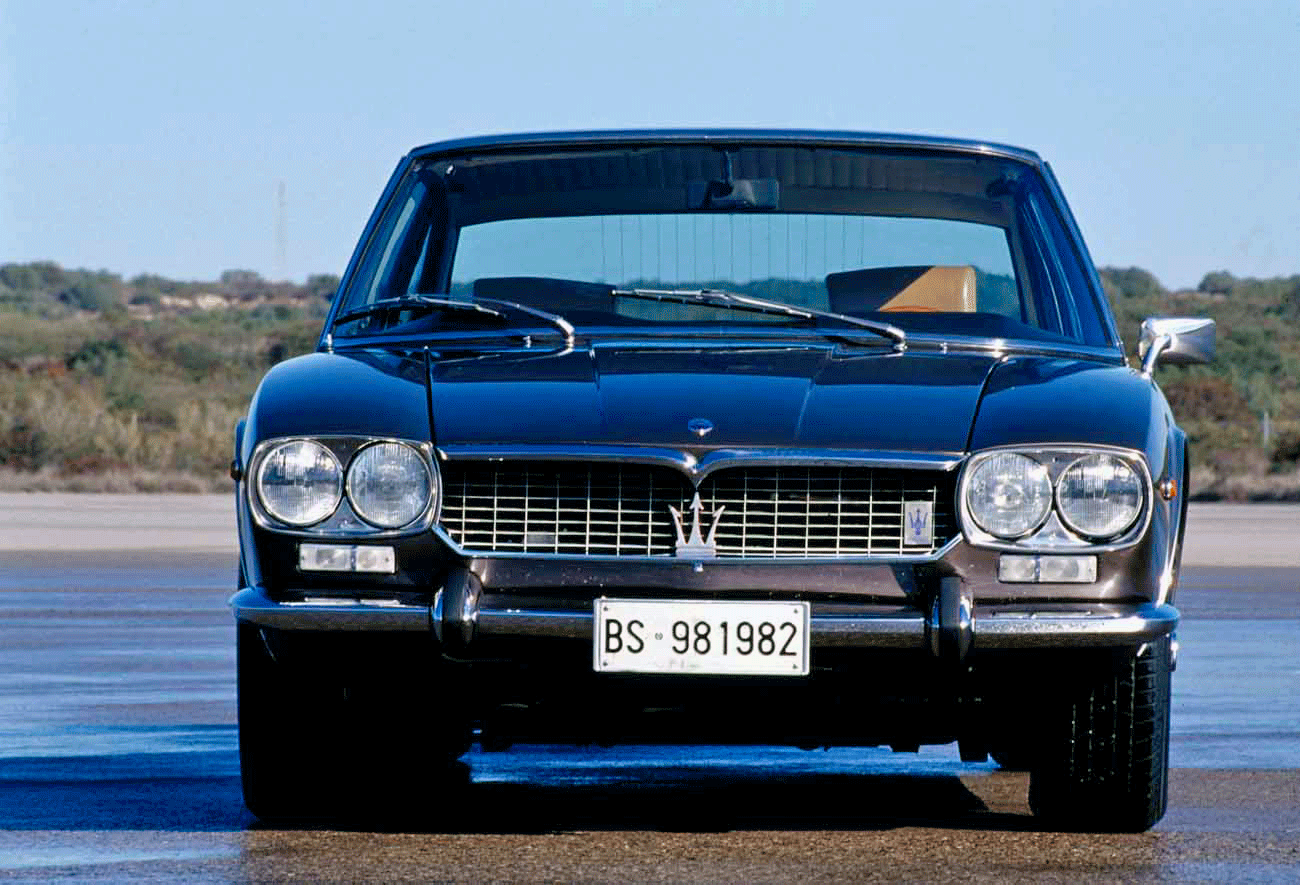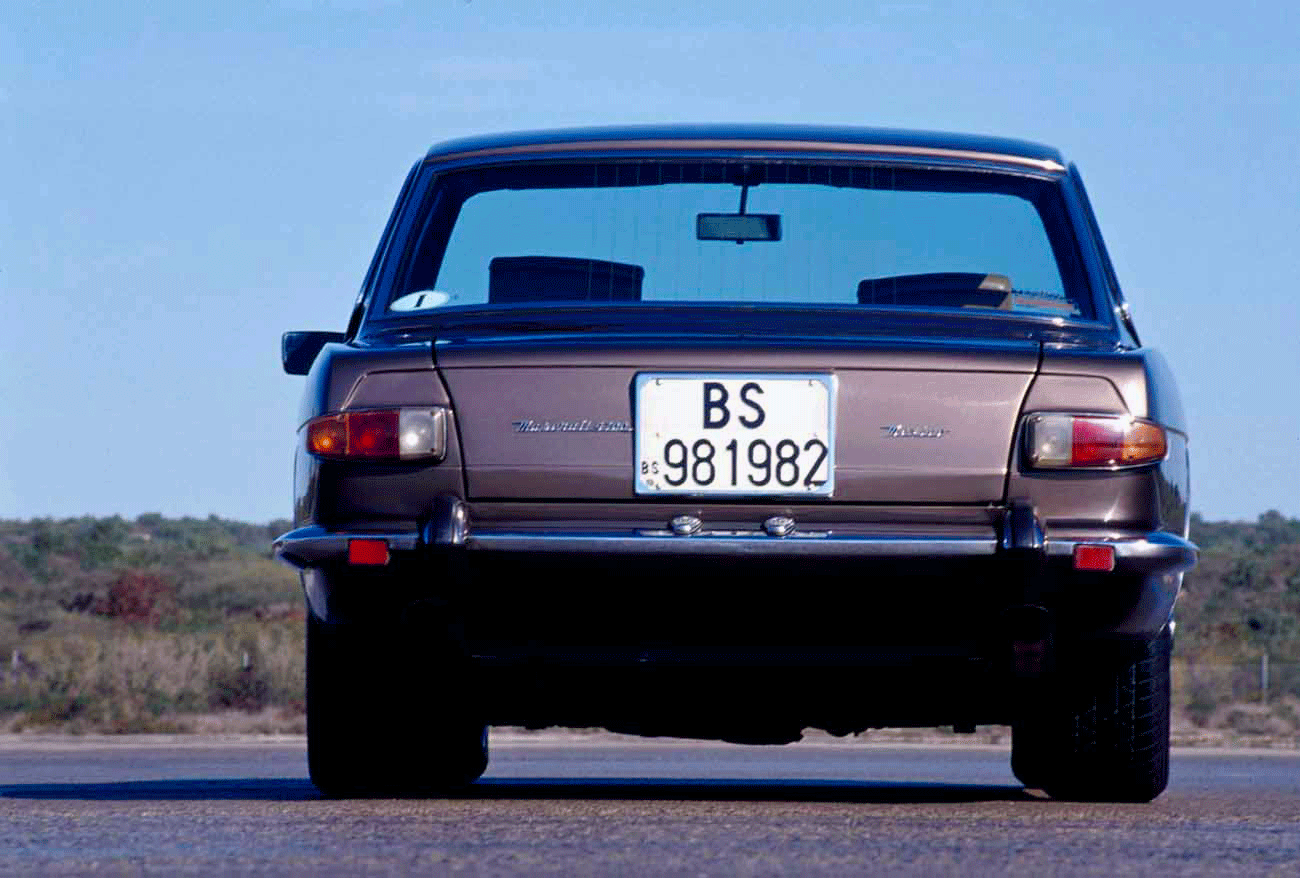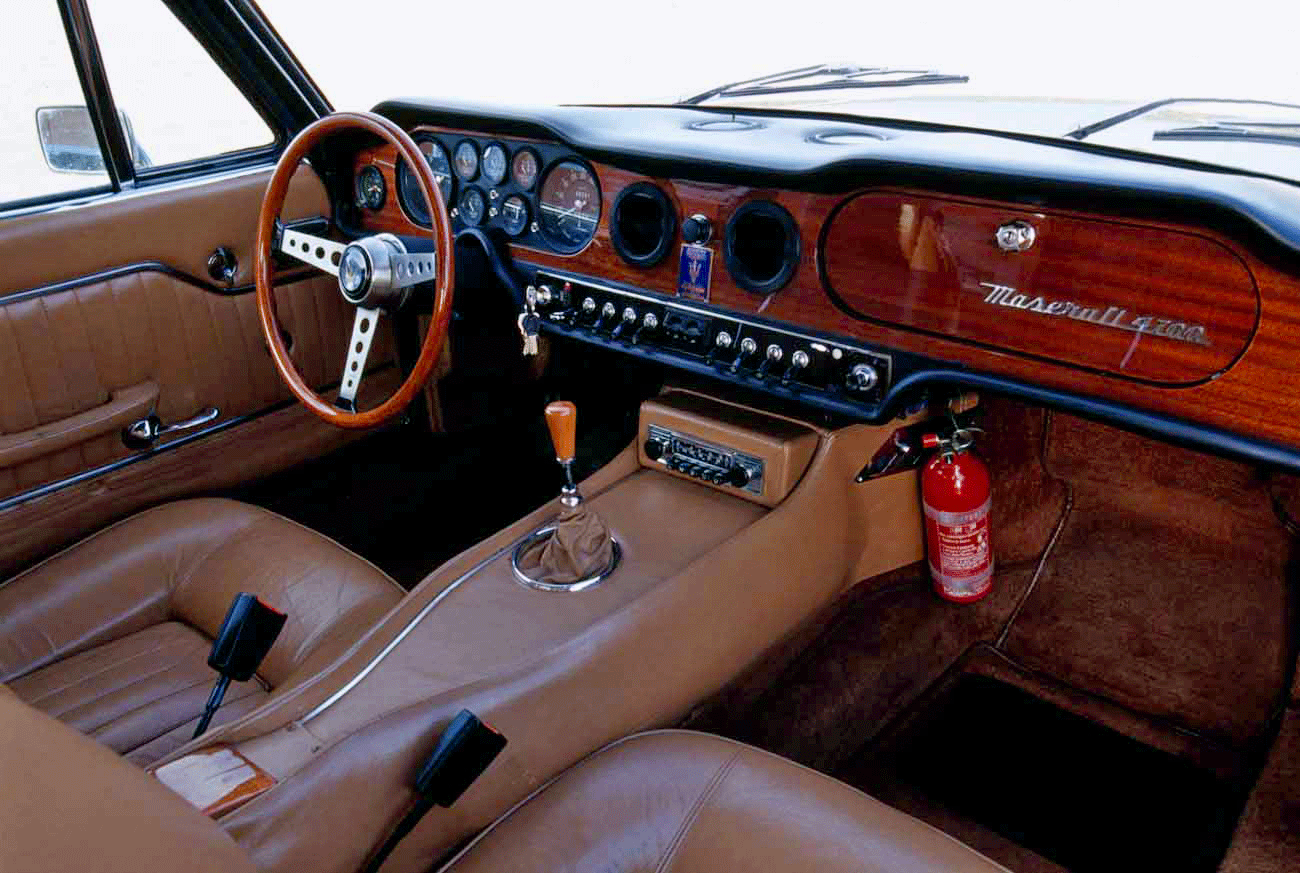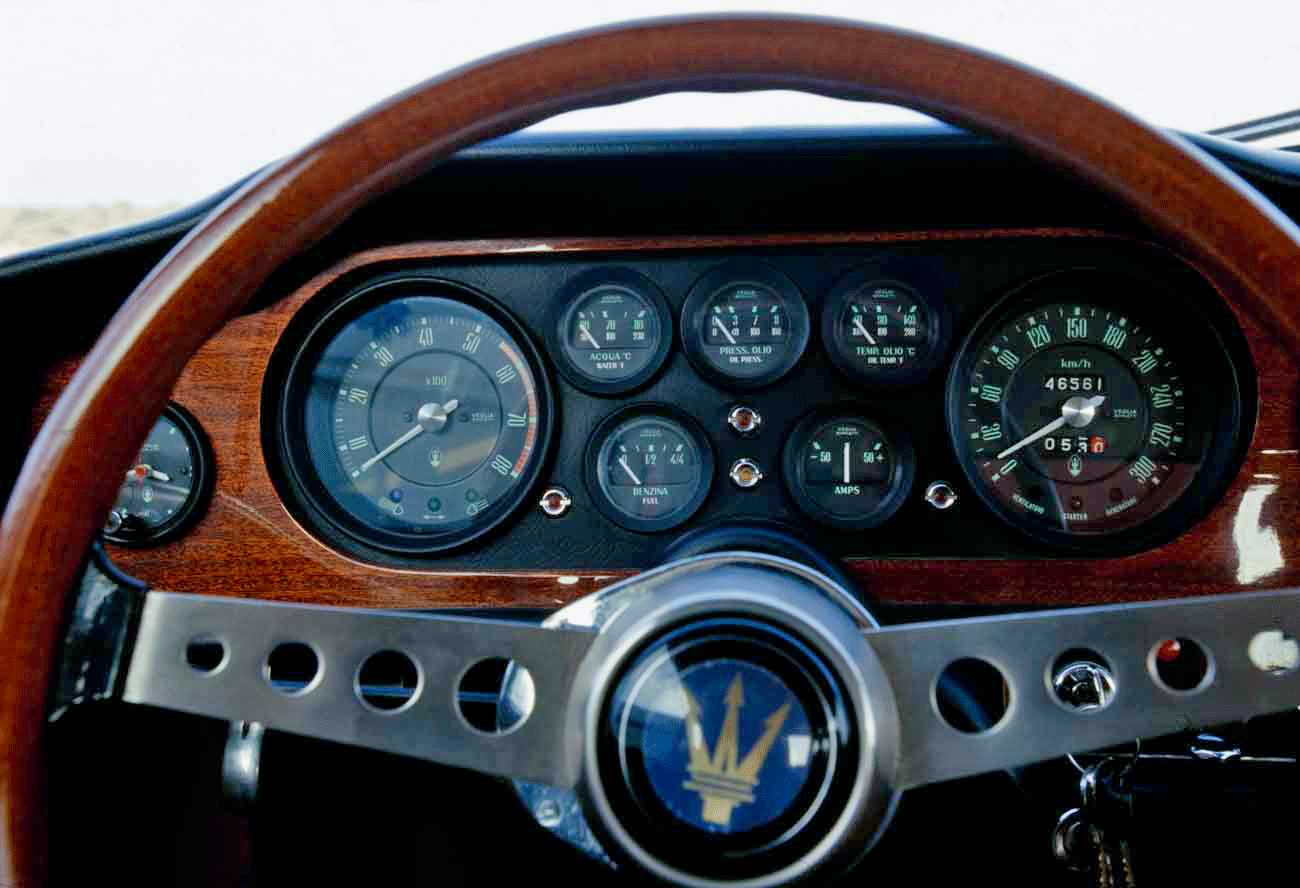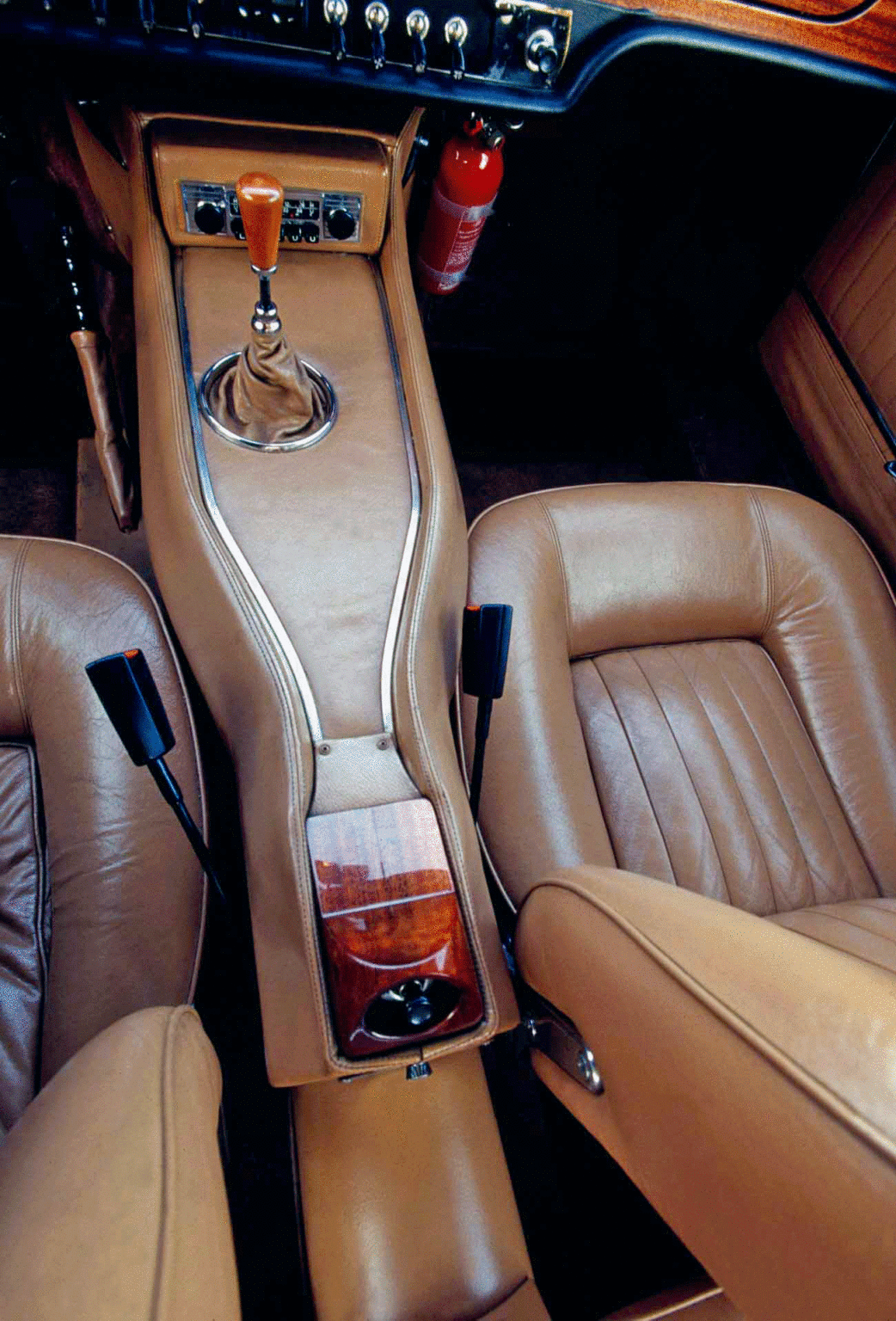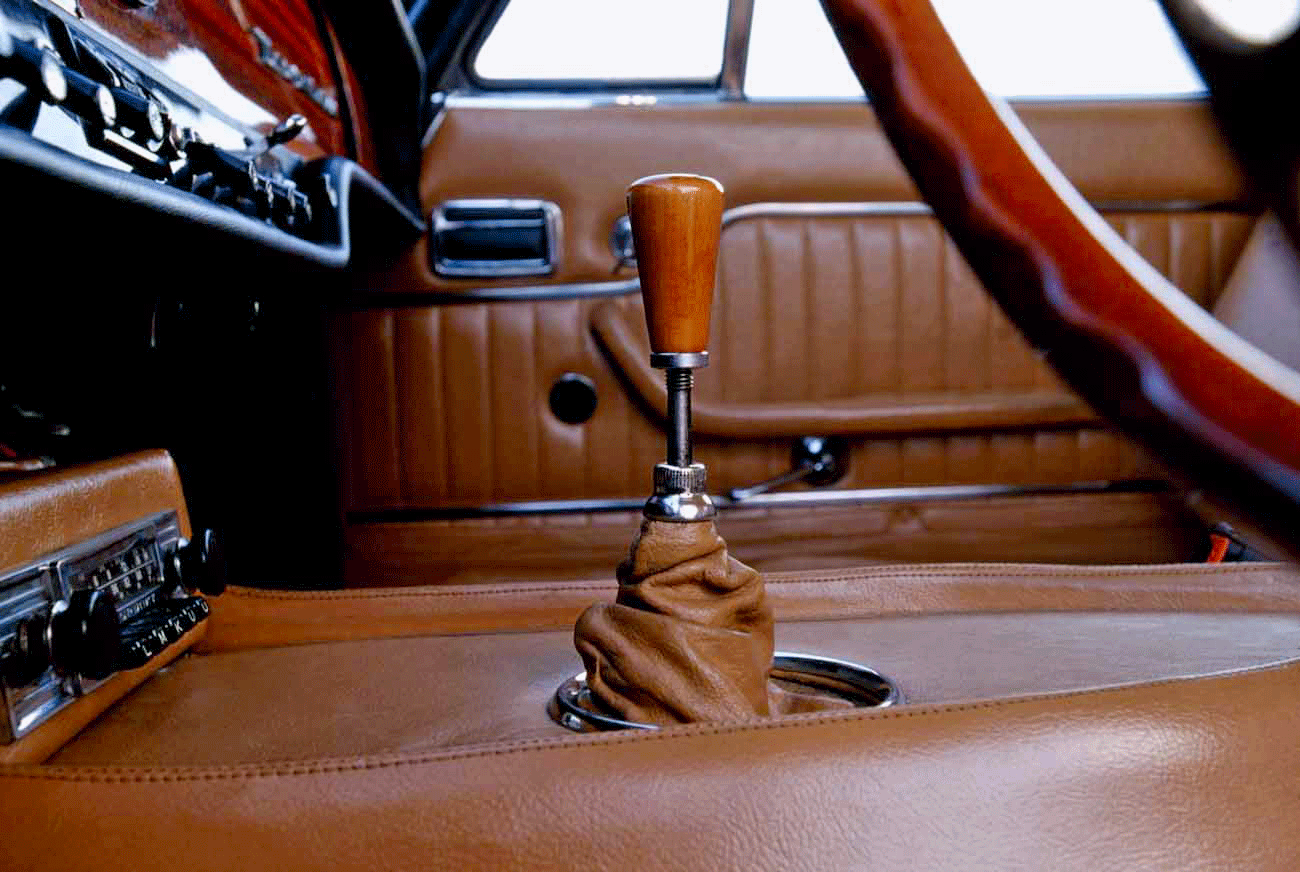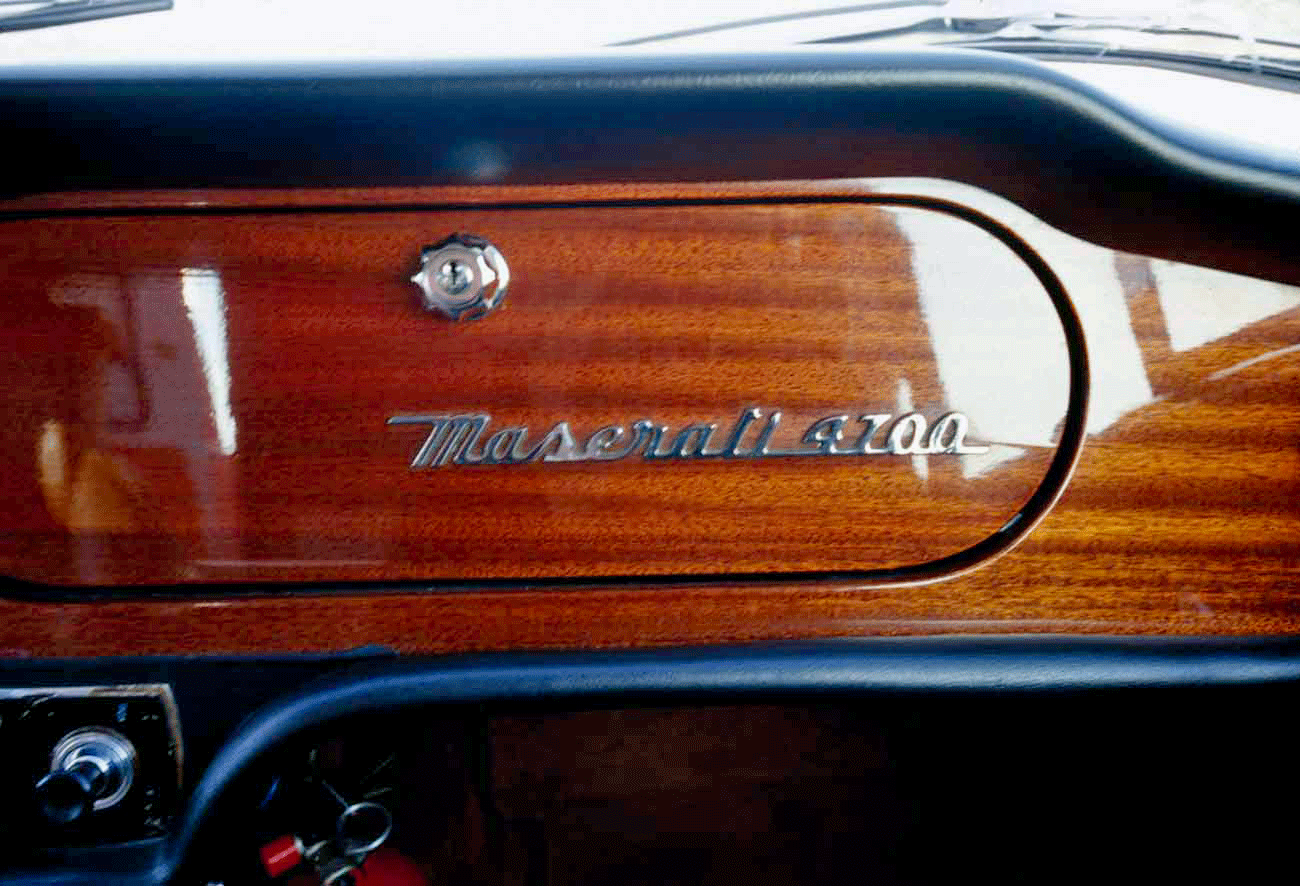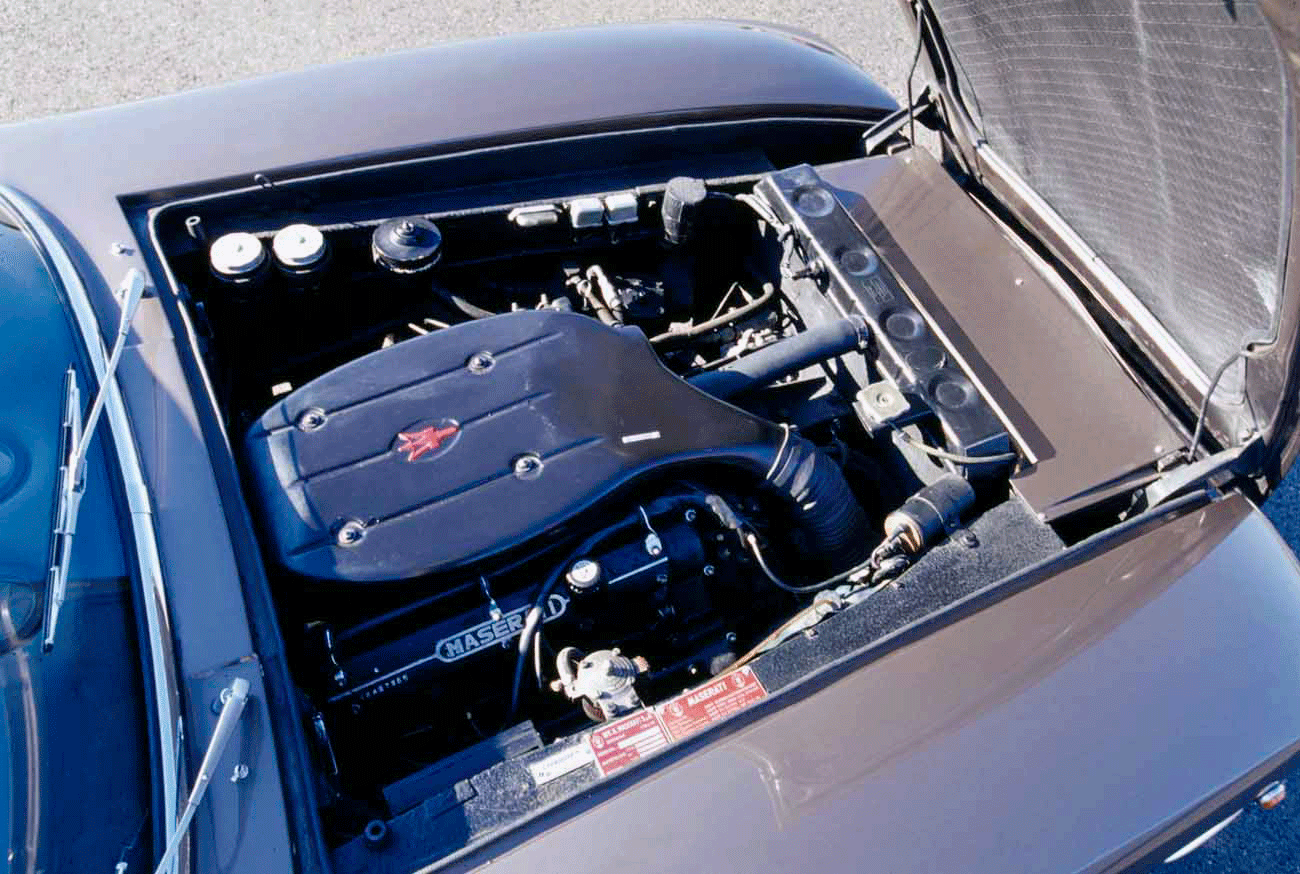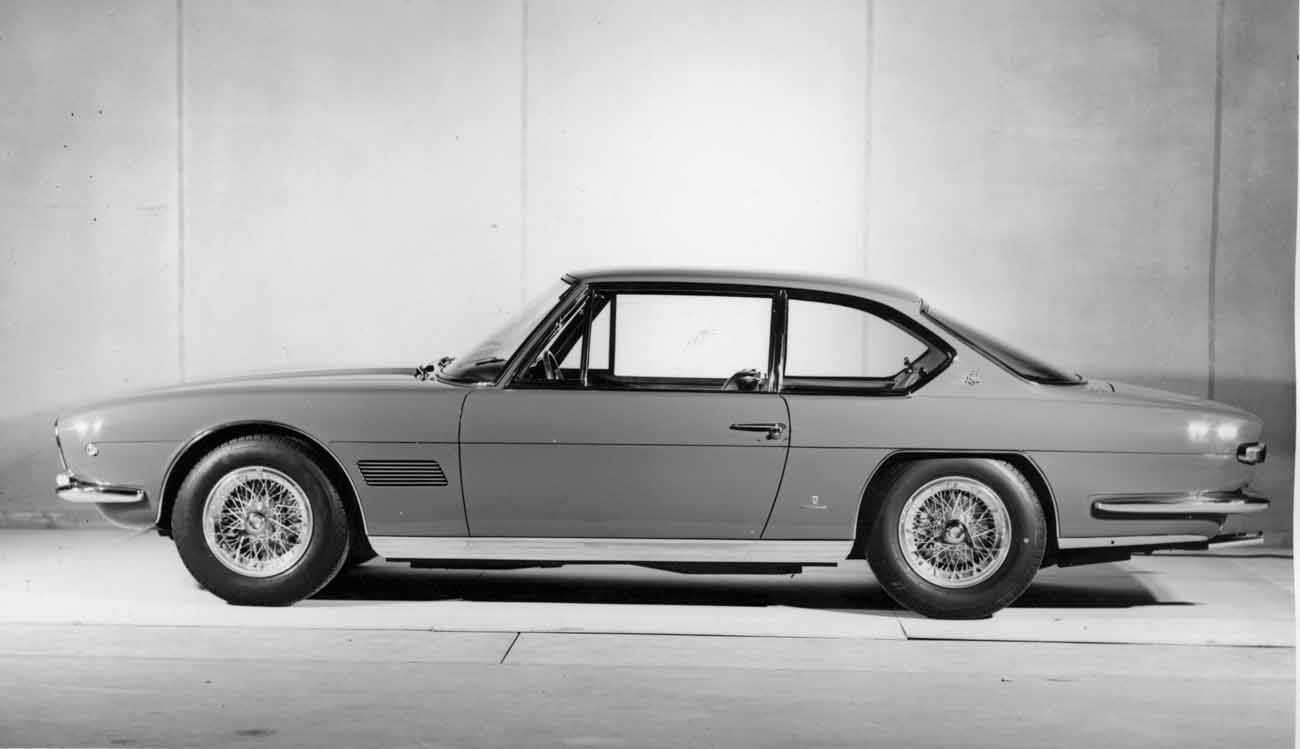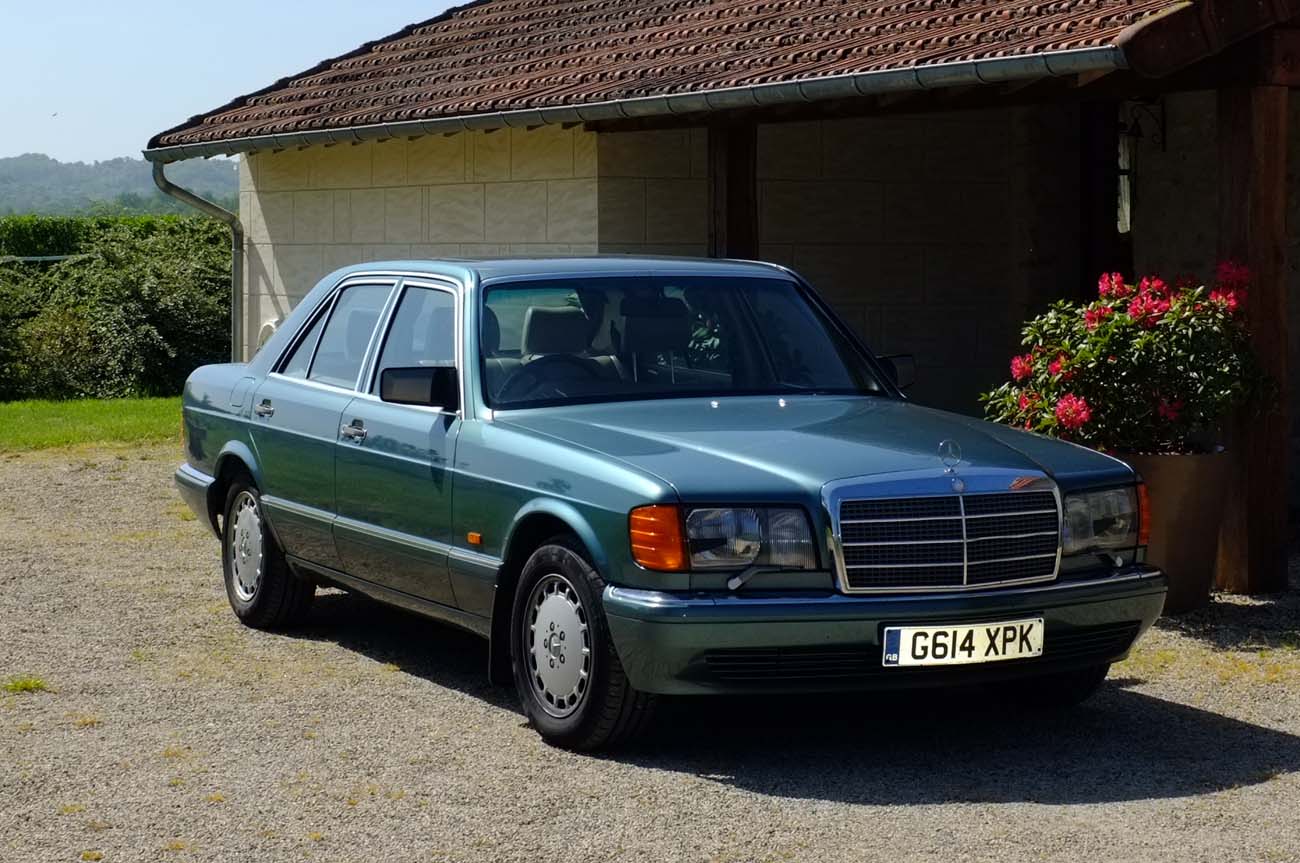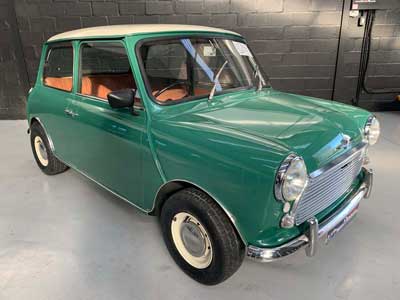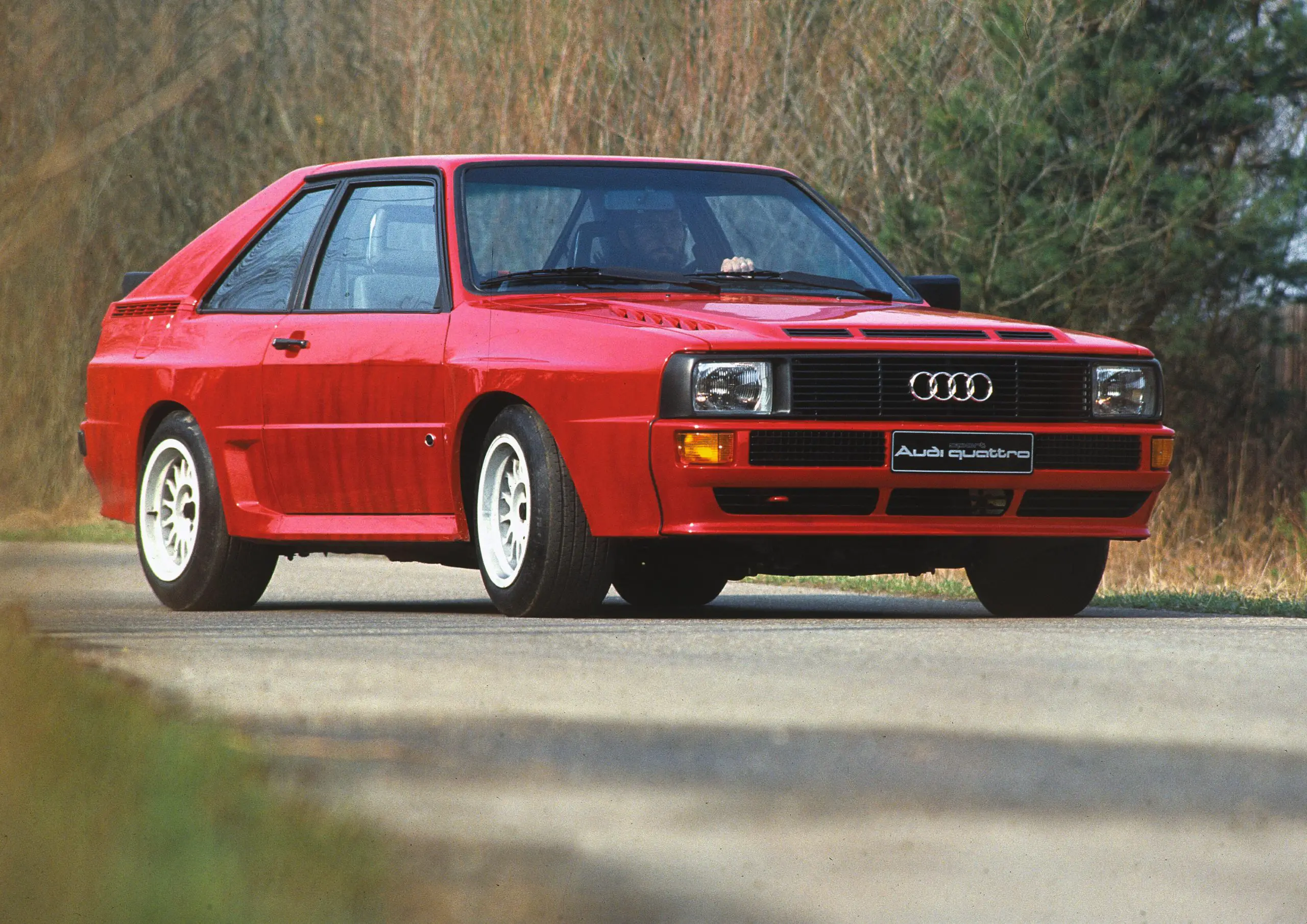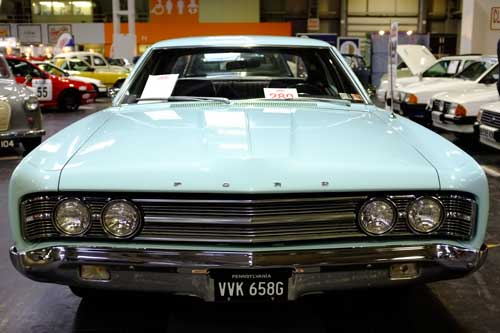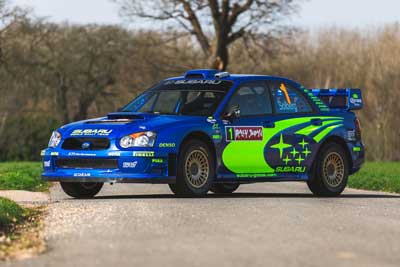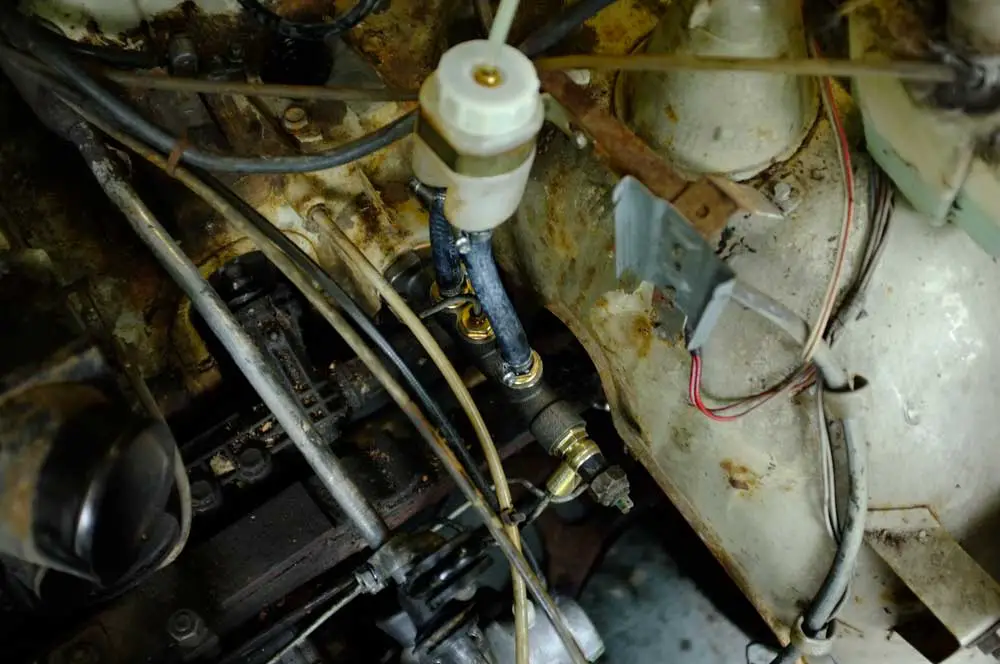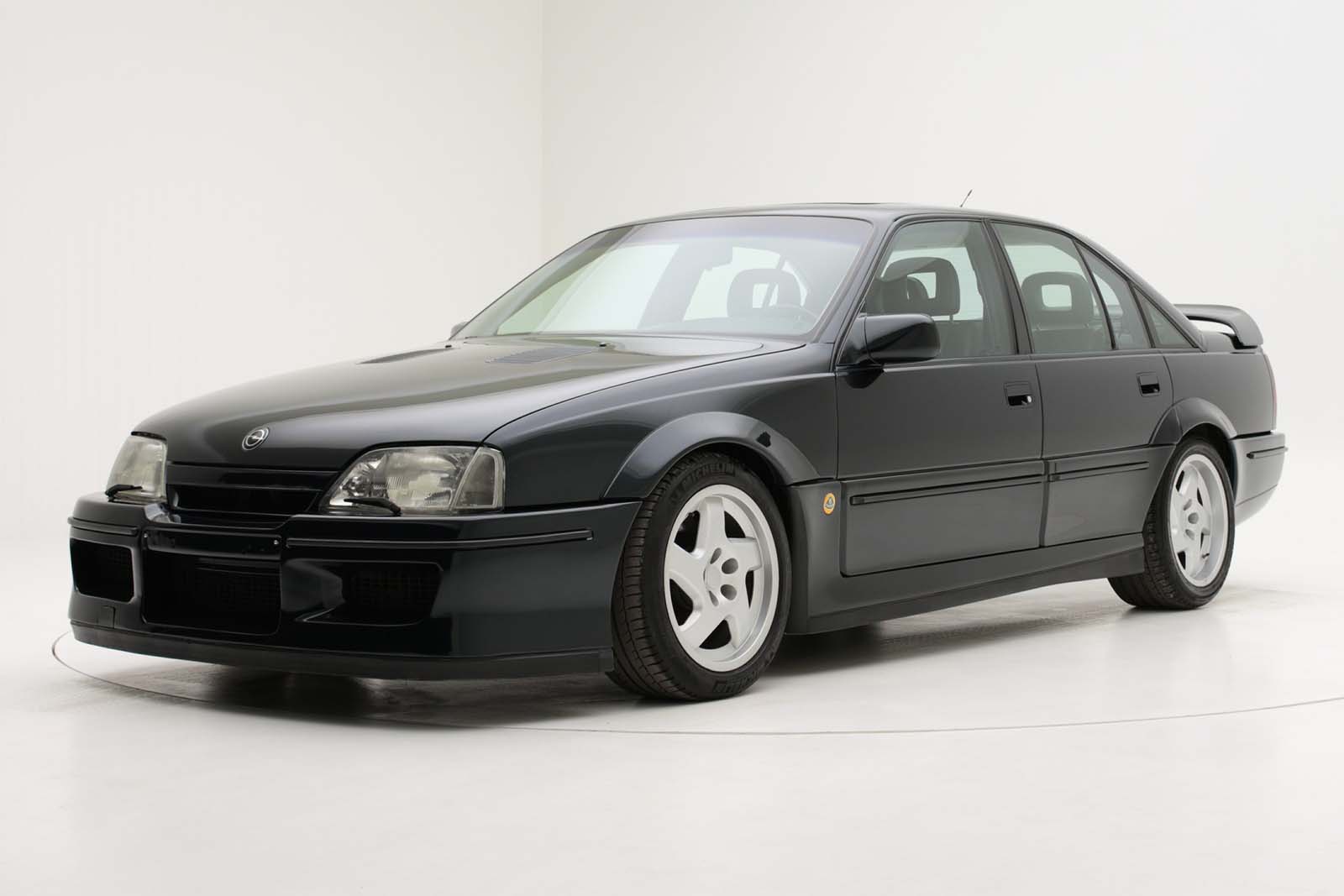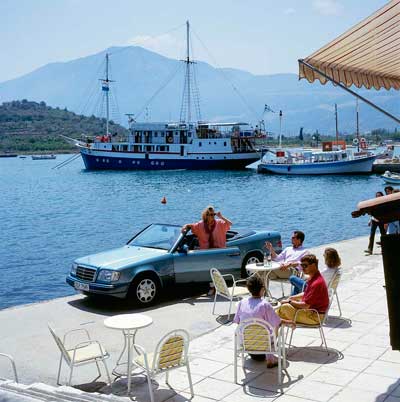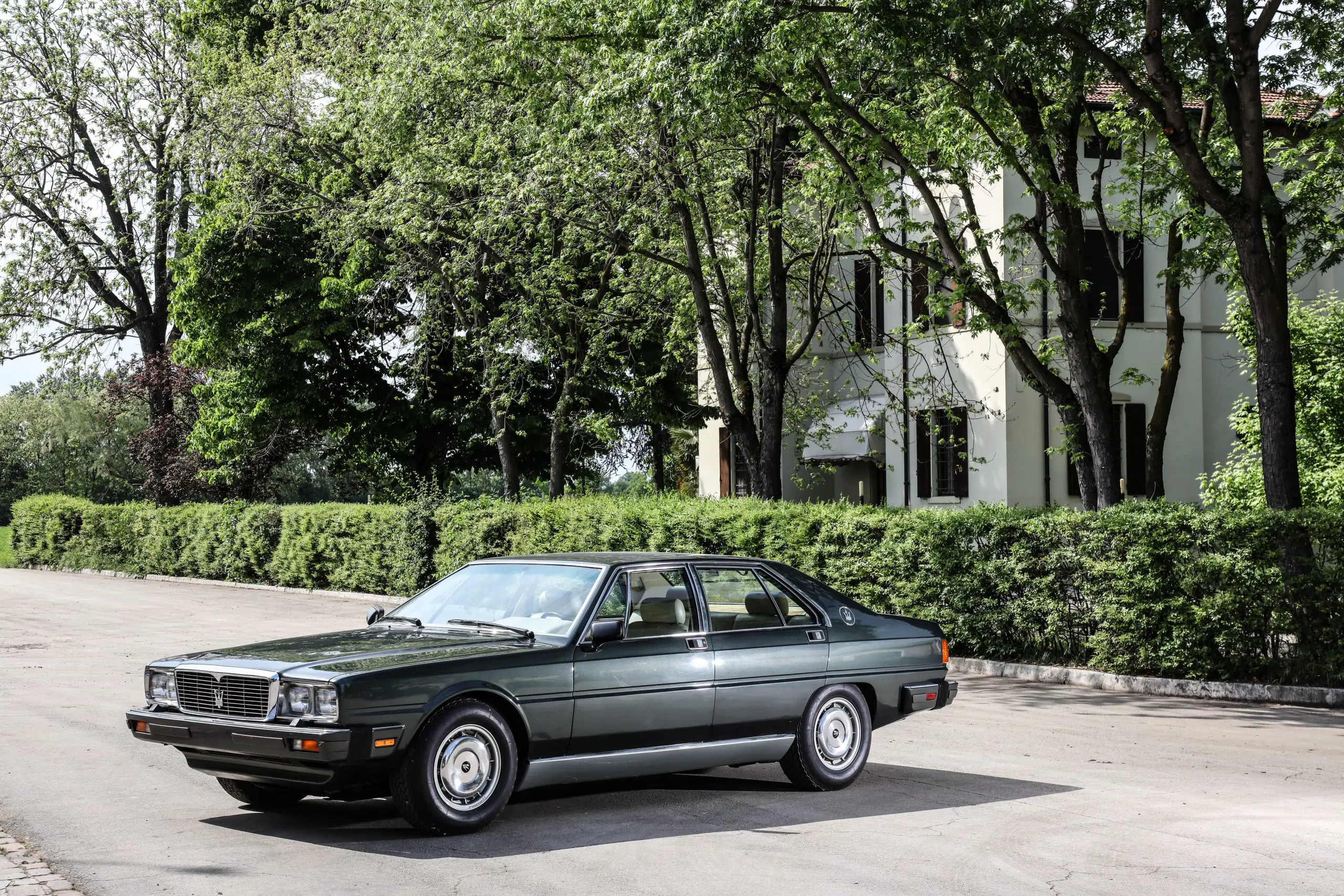
The Maserati Mexico Got Its Name From A Presidential Customer
The Maserati Mexico is a stylish coupe from back in 1966 and is considered one of the finest Italian GT cars of all time. Making its debut at the 53rd edition of the “Mondial de l’automobile de Paris” it drew admiration from the press and public alike.
The Mexico was designed by Vignale and featured the kind of exquisite details and lines you’d expect from the styling house. The 2 + 2 design was pure Maserati, elegant but still with sporting pretentions. The engine was a road going derivation from the 450 S, which was powerful but still refined. After all the same powerplant was used in the Quattroporte and the 5000 GT.
It wasn’t the only thing it shared with the Quattroporte; the Mexico was based on the chassis of the second phase of the first generation Quattroporte. The wheelbase was shorter by some 4.3″ or 11 cm.
But before the car went into production there was a prototype shown at the 1965 Salon de Torino, with the Vignale Vairo body built onto a crash damaged 4.9 litre 5000 GT chassis, essentially being a rebody.
This car was so well received that Maserati hurriedly put it into production. They even sold the prototype after the show to then President of Mexico, Adolfo López Mateos who was so impressed by the styling he insisted on buying it and transferring the bodywork to his own 5000 GT making that quite unique.
It is said that this series of events led to the name Mexico being chosen after President Mateos for the production car the following year.
From the launch Maserati fitted their 290 hp, 4.7 litre V8 engine, giving it a top speed of 255 km/. Though rather unusually for Maserati the Mexico later on could be had with the smaller 4.2 litre V8, the 4200 with 260 hp, which would see reach a maximum of 240 km/h.
To stop the car there were servo assisted ventilated front disc brakes and would become the first Maserati to feature servo disc brakes on all four wheels.
The interior was equally as stylish as the exterior and was described as being like an Italian style lounge.
Standard equipment included leather seats, electric windows, a wooden dashboard and air conditioning. Options were an automatic transmission, power steering and a radio.
Only 485 examples of the Mexico were built, excluding the prototype, up until 1972. 175 of those came with the 4.7 litre engine, the remaining 305 had the 4.2.
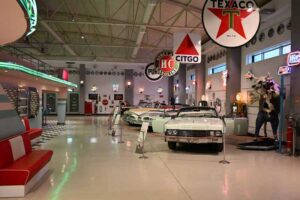
Ural Ataman Classic Car Museum – Istanbul, Turkey
This has to be one of the nicest private collections I have seen, the Ural Ataman Museum in Istanbul, turkey has not only a wide

Tbilisi AutoMuseum Car Museum – Georgia
You may not have heard of this, but the small car museum in Tbilisi Georgia really has quite a lot to see. Buried in an
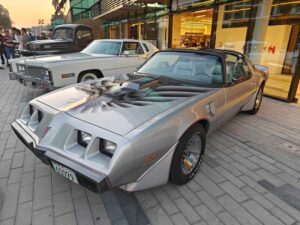
Bahrain Bike Week Classic Car Show December 2024
Bahrain Bike Week is the biggest event of its kind in the Middle East and the 2024 one was no exception. It’s not just the

Ford Motor Company Bring Back Group 5 Mk1 Escort & Group B RS200 With The Help Of Boreham Motorworks
Ford have granted a licence to Boreham Motorworks, a division of the DVRN Automotive Group, to produce new versions of not just the Mk1 Escort

The VW Golf At 50 Years Old
Europe’s number 1 selling car the VW Golf has reached 50 years old this year, starting production on the 29th of March 1974. In
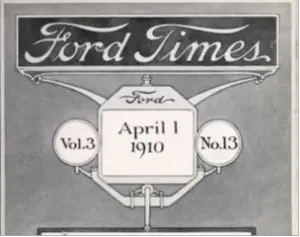
Ford’s Heritage Vault Makes The Ford Times Magazine Available To The Public
Ford’s expansion through the early 20th century was something to behold, the rapid growth of the company and the success of the Model T led
